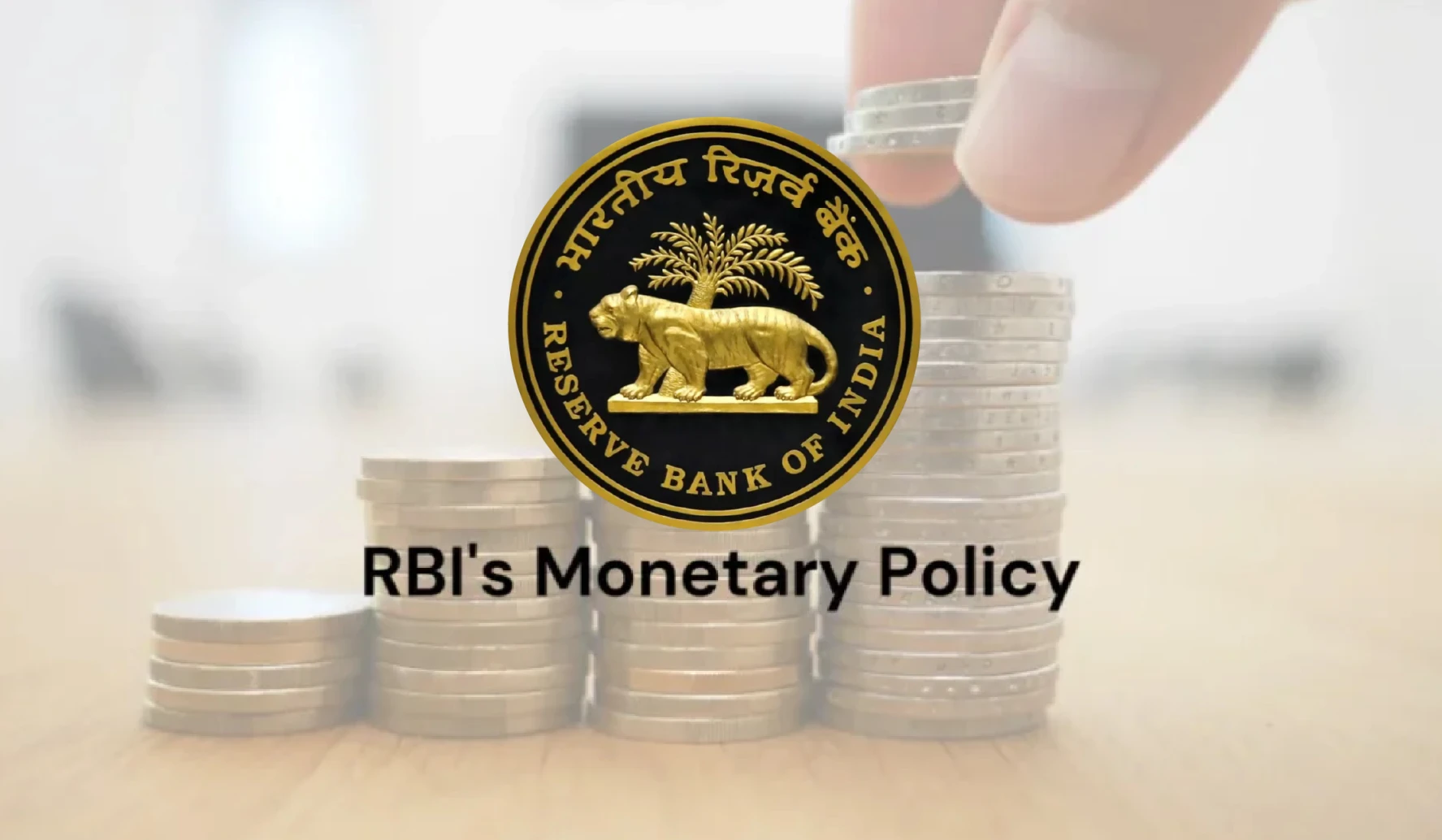- Courses
- GS Full Course 1 Year
- GS Full Course 2 Year
- GS Full Course 3 Year
- GS Full Course Till Selection
- Online Program
- GS Recorded Course
- NCERT (Recorded 500+ Hours)
- Polity Recorded Course
- Geography Recorded Course
- Economy Recorded Course
- AMAC Recorded Course
- Modern India, Post Independence & World History
- Environment Recoded Course
- Governance Recoded Course
- Science & Tech. Recoded Course
- International Relations and Internal Security Recorded Course
- Disaster Management Module Course
- Ethics Recoded Course
- Essay Recoded Course
- Current Affairs Recoded Course
- CSAT
- 5 LAYERED ARJUNA Mentorship
- Public Administration Optional
- ABOUT US
- OUR TOPPERS
- TEST SERIES
- FREE STUDY MATERIAL
- VIDEOS
- CONTACT US
90 Years of RBI’s First Monetary Policy (1935-2025)
90 Years of RBI’s First Monetary Policy (1935-2025)

The year 2025 marks the 90th anniversary of the Reserve Bank of India's (RBI) first monetary policy announcement in 1935. Following its establishment, RBI introduced key policy measures, including setting the bank rate (BR) and the cash reserve ratio (CSR), laying the foundation for India's monetary policy framework.
Understanding Monetary Policy
Monetary policy refers to the regulation of money supply and interest rates by a country's central bank to maintain economic stability. In India, RBI formulates and implements monetary policy with the following objectives:
- Ensuring price stability
- Promoting economic growth
- Maintaining financial stability
Must Read: First Repo Rate Cut In 5 Years
Instruments of Monetary Policy
Monetary policy tools are categorized into two types:
1. Quantitative Tools (Affect overall money supply)
- Repo Rate: The rate at which RBI lends to commercial banks.
- Reverse Repo Rate: The rate at which RBI borrows from commercial banks.
- Statutory Liquidity Ratio (SLR): The minimum percentage of a bank’s net demand and time liabilities that must be maintained in liquid assets.
- Marginal Standing Facility (MSF): A window for banks to borrow overnight funds from RBI against approved government securities.
2. Qualitative Tools (Regulate credit flow in specific sectors)
- Moral Suasion: Persuading banks to follow specific credit policies.
- Direct Action: Regulatory actions taken against banks for non-compliance.
Types of Monetary Policy
- Contractionary Monetary Policy: Aims to control inflation by increasing interest rates and reducing the money supply, thereby restricting borrowing and spending.
- Expansionary Monetary Policy: Reduces interest rates and increases liquidity in the economy, encouraging borrowing and investment.
India’s Current Monetary Policy Framework
Prior to 2016, the RBI Governor had sole authority over monetary policy decisions. However, the Finance Act, 2016 amended the RBI Act, 1934, introducing a structured decision-making process through the Monetary Policy Committee (MPC).
|
Monetary Policy Committee (MPC) The MPC plays a crucial role in India's monetary policy formulation under the Flexible Inflation Targeting (FIT) framework. Key Features of MPC:
|



